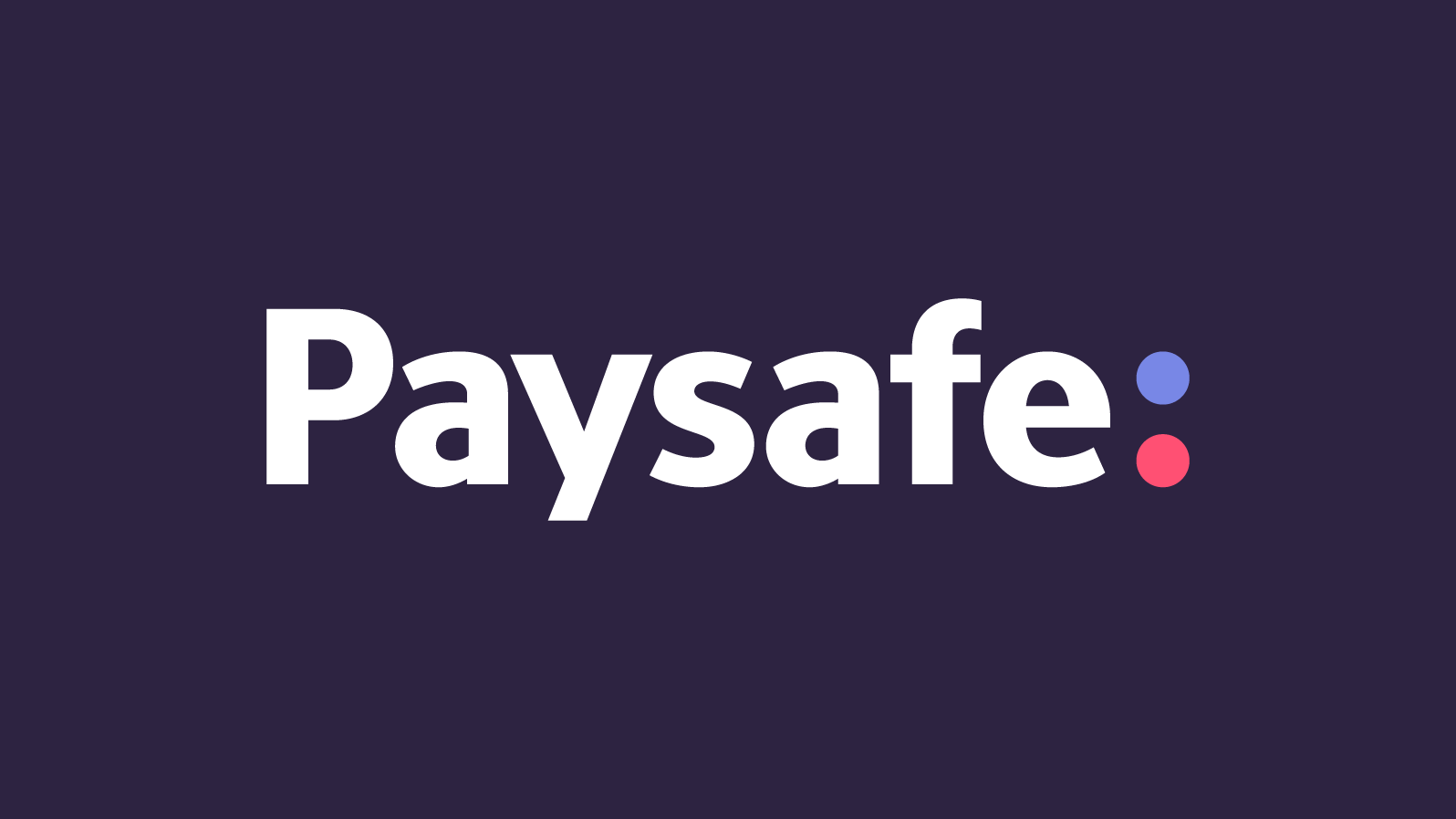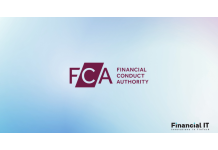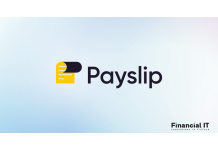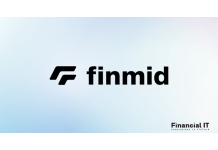Global Payments Launches Genius™ in the UK
- 10.09.2025 01:15 pm
MoneyHash and noon Payments Announce Strategic...
- 10.09.2025 11:25 am
Proposed Contactless Changes Could Increase...
- 10.09.2025 11:15 am
Mastercard Survey: 90% of SMEs That Accept Digital...
- 10.09.2025 11:10 am
Flutterwave Partners Clear Junction to Enhance Cross-...
- 10.09.2025 10:15 am
Revolut Adds Pay by Bank Option to Their Payment...
- 10.09.2025 09:35 am
dLocal and Western Union Join Forces to Boost Digital...
- 09.09.2025 03:05 pm
Paytrie Joins Circle Payments Network to Expand...
- 09.09.2025 12:45 pm
Payslip Launches "Payslip Alpha": The First...
- 09.09.2025 12:35 pm
Judopay and Shift4 Partner to Enhance Payment...
- 09.09.2025 12:05 pm
finmid Brings Embedded Finance to 30 Countries as...
- 09.09.2025 10:25 am
Revolut Secures In-Principle Approval for UAE Payments...
- 09.09.2025 09:10 am






















